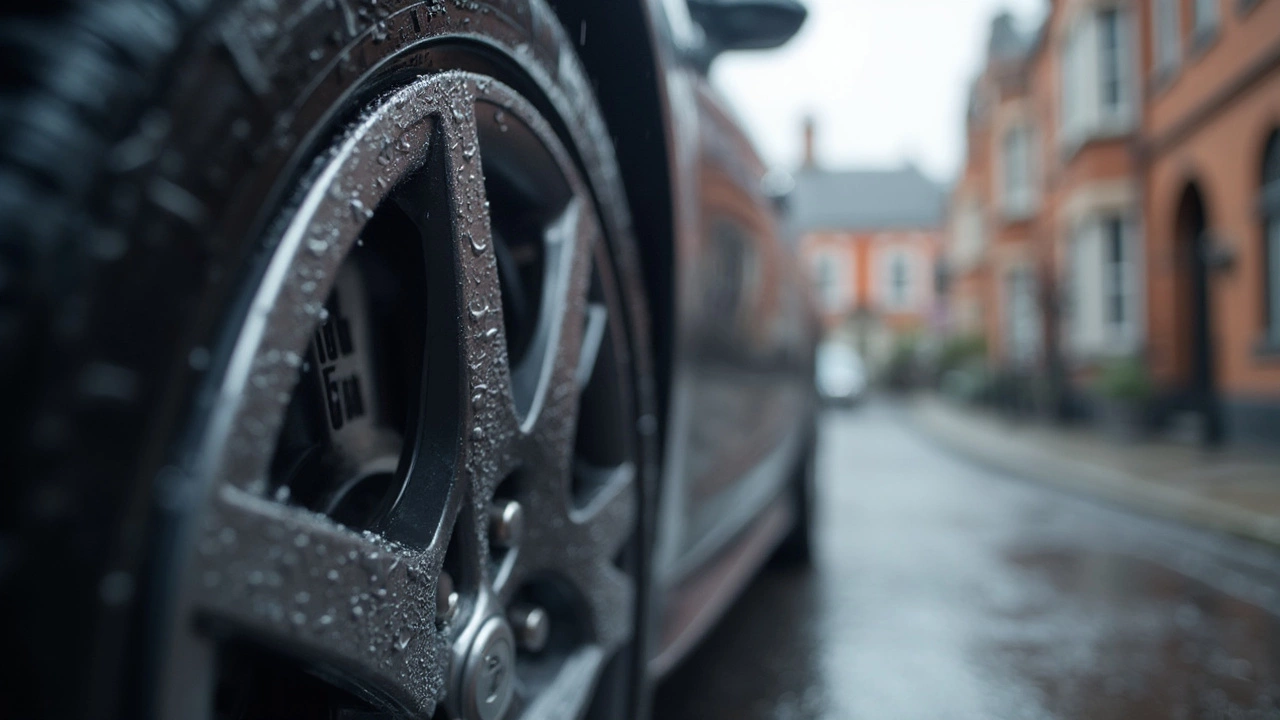Car Rims: Types, Fitment and Care
When dealing with car rims, the metal rings that hold your tires and give your vehicle its visual style. Also called wheels, they come in many materials and designs. A closely linked item is alloy wheels, which are lighter than steel and often sport a sleek finish. Another key factor is wheel offset, the distance between the wheel’s mounting surface and its centreline, crucial for correct clearance. Finally, tire size must match the rim’s diameter and width to ensure safety and performance. Understanding these pieces helps you pick the right set, avoid common fit‑issues, and keep your ride looking sharp.
Why Fit and Material Matter
Car rims encompass more than looks; they affect handling, fuel economy and brake wear. A lighter alloy wheel reduces unsprung weight, which can improve grip and lower fuel consumption. However, not every alloy rim is created equal—some are thin‑spoked and prone to cracking under heavy loads, while others have reinforced spokes for durability. Wheel offset influences how far the tire sits relative to the fender; a wrong offset can cause the tire to rub the suspension or create an uneven tire wear pattern. Selecting the proper offset also ensures the brake caliper has enough room, tying rim choice directly to brake rotor performance. Pairing the right rim with a compatible tire size guarantees the tire’s sidewall fills the wheel’s bead seat correctly, preventing air loss and improving handling. These relationships form a chain: material choice impacts weight, weight impacts offset needs, and offset dictates tire fit.
Maintenance is another piece of the puzzle. Regular cleaning removes brake dust that can corrode the finish, especially on painted or polished alloy rims. Inspecting the rim for bends, cracks or corrosion after hitting a pothole can catch damage before it spreads to the wheel hub or suspension. When it’s time to replace tires, double‑check the rim’s inner diameter and width specs—most manufacturers list a range, such as 7.5‑8.5 inches wide for a 17‑inch rim. Using a tire that’s too narrow can cause sidewall flex, while a tire that’s too wide may bulge and stress the rim. A simple visual check of the wheel bolts’ torque, combined with a periodic wheel alignment, keeps the entire system balanced and extends the life of both rims and tires.
Below you’ll find a hand‑picked collection of articles that dive deeper into related components—clutch kits, brake pads, spark plugs and more. While they don’t all focus on rims directly, they each touch on parts that interact with your wheels, such as brake rotors, suspension noises and wheel‑related wear patterns. Use these resources to get a full picture of how your car’s electrical and mechanical systems influence rim performance, and vice versa. Happy reading, and may your next set of car rims bring both style and reliability to the road.

Alloys on Wheels: What Makes Alloy Wheels Special?
Apr 20 2025 / WheelsAlloy wheels stand out from regular steel wheels thanks to their materials, construction, and benefits for drivers. This article breaks down what alloy wheels are, how they're made, what advantages they bring, and why they’re worth considering as an upgrade for your car. From better looks and performance to tips for care and maintenance, you'll get a complete picture in plain English. Plus, discover common myths and what matters most when choosing new rims. Perfect for anyone curious about what actually goes under your vehicle.
VIEW MORE